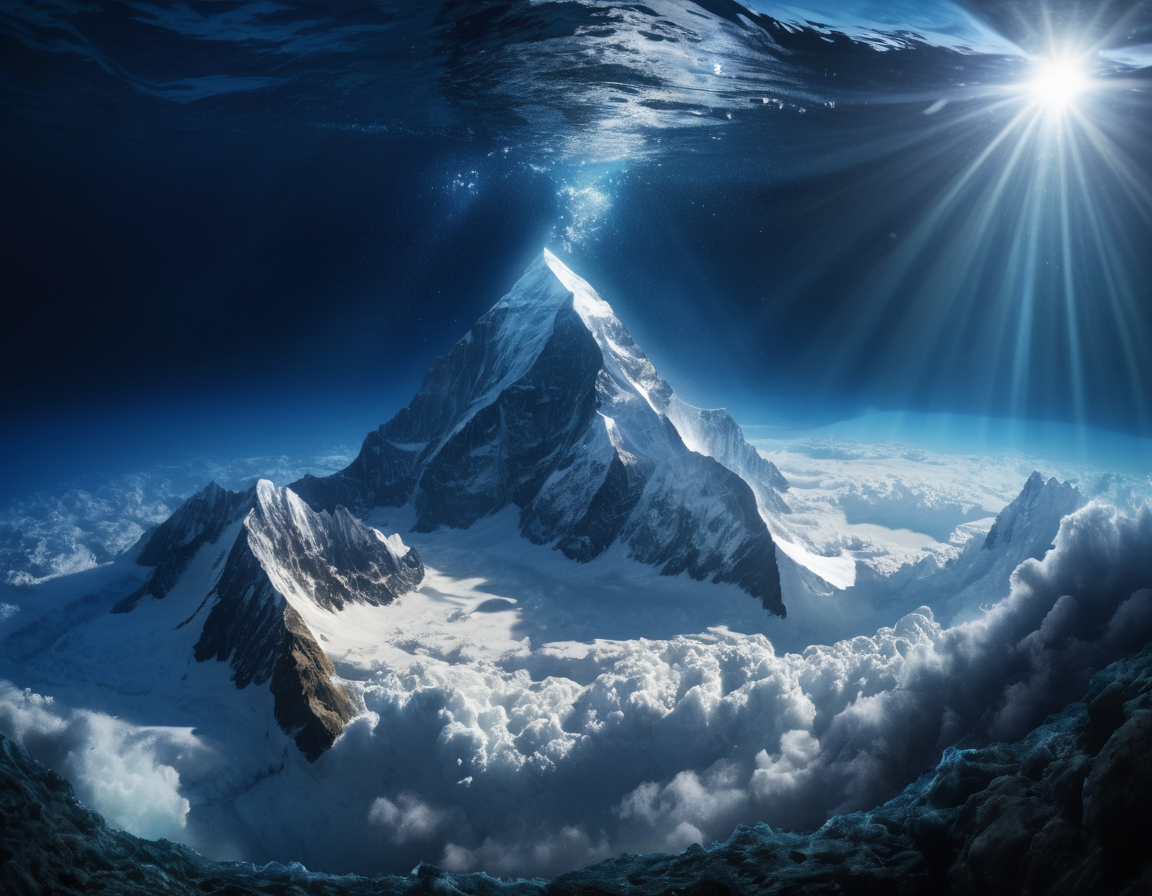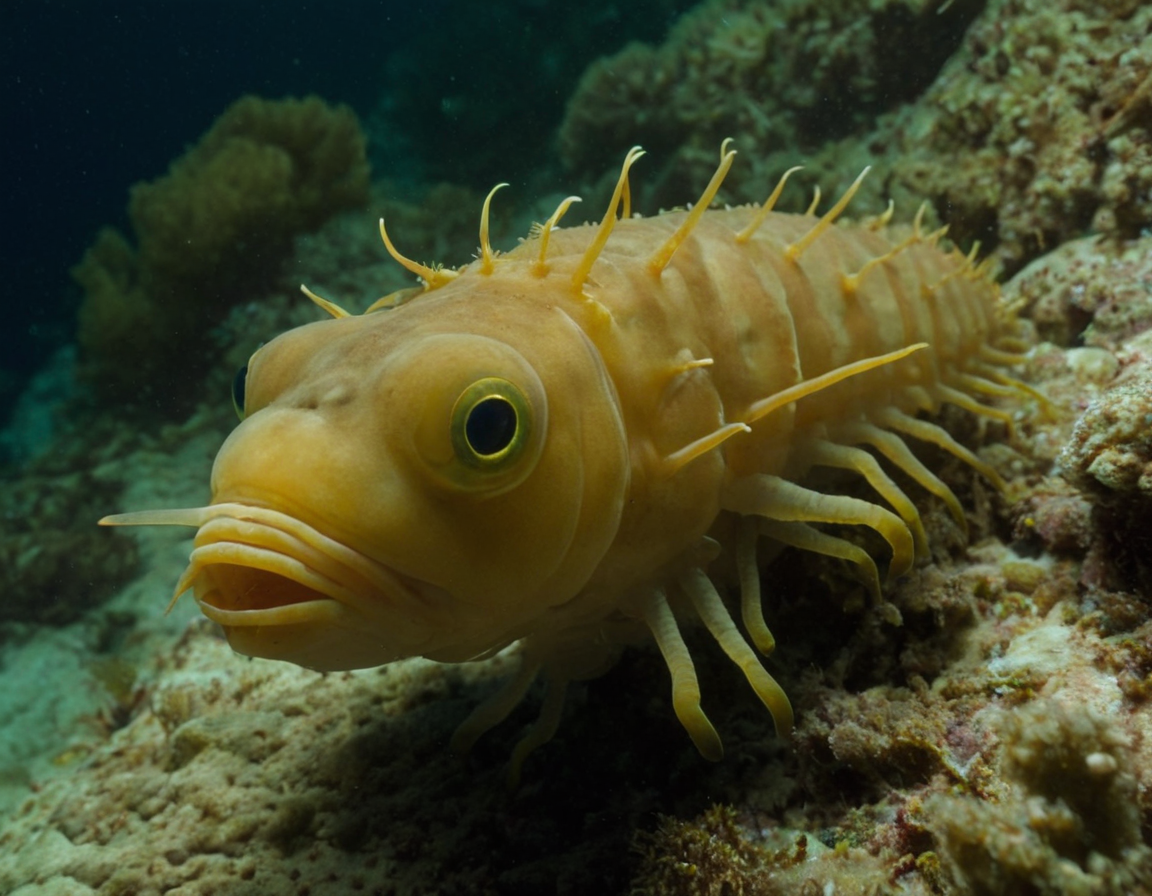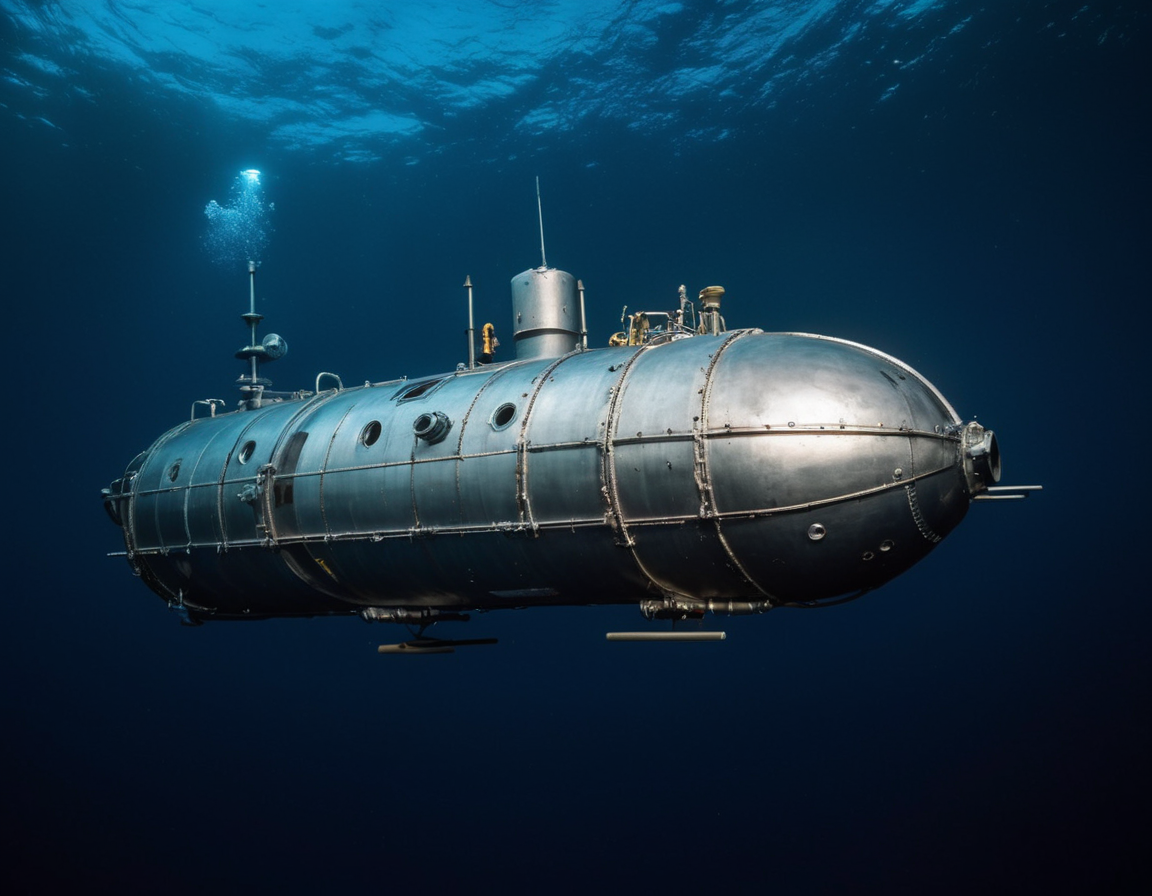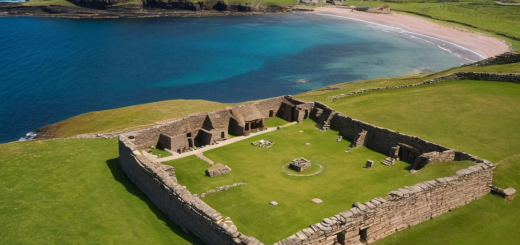Unlocking the Mysteries of the Deep: Exploring the Mariana Trench
Discovering the Depths: The Mariana Trench
The Mariana Trench is one of the most fascinating and least explored places on Earth. Located in the western Pacific Ocean, this underwater canyon is renowned for being the deepest part of the world’s oceans. In this post, we’ll dive into what makes the Mariana Trench a topic of such intrigue and mystery.

Formation and Geography
The Mariana Trench was formed millions of years ago by geological processes that pushed one plate beneath another—a phenomenon known as subduction. It stretches over 2,500 kilometers long and has an average width of 70 kilometers. The deepest part of the trench, known as the Challenger Deep, descends to more than 36,000 feet below sea level, a depth that surpasses the height of Mount Everest.
The Challenge of Exploration
Exploring the Mariana Trench is no small feat. Due to its extreme depths and the pressures found there, only a handful of manned and unmanned missions have been able to reach the bottom. The first successful manned descent was made in 1960 by the Trieste, a bathyscaphe piloted by Jacques Piccard and Don Walsh. More recent missions have advanced our understanding of the trench’s geology, biology, and ecology.

Life in the Abyss
Despite inhospitable conditions, life thrives in the Mariana Trench. Organisms have adapted to the high pressures, low temperatures, and complete darkness. Unique creatures, such as the xenophyophores, amphipods, and deep-sea cucumbers, call the trench home. They contribute to a complex ecosystem, showcasing the adaptability of life.
Scientific and Environmental Significance
Studying the Mariana Trench offers insights into Earth’s geological history and the limits of life on our planet. Moreover, it provides valuable information about the impact of human activities, such as pollution, on even the most remote and extreme environments.
Preservation and the Future
As interest in deep-sea exploration and potential resource exploitation grows, there are rising concerns about the protection of this pristine environment. International cooperation and regulations may be required to ensure that the Mariana Trench, along with the unique organisms it supports, remains undisturbed by human activities for future generations to discover and learn from.

Whether it’s the allure of the unknown or the pursuit of scientific knowledge, the Mariana Trench continues to captivate our imagination. It symbolizes nature’s depth and complexity, challenging us to explore and protect the wonders that lie beneath the ocean’s surface.
Ready to Explore More?
If the mysterious depths of the sea excite you, we encourage you to keep exploring. Continue reading, dive into documentaries, and maybe even support efforts that ensure the conservation of these otherworldly environments. The deep sea might just be Earth’s final frontier, waiting for curious minds to unravel its secrets. What deep-sea mystery are you yearning to solve next?
Join the Conversation
Have thoughts on the Mariana Trench or deep-sea exploration? Share your perspectives in the comments below, and don’t forget to subscribe for more intriguing content from the depths of our planet!






